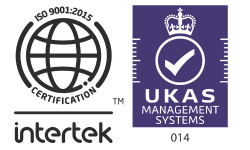How to Create a Clear Company Asset Policy for Employees

A clear company asset policy is essential to ensure transparency, accountability, and consistency in how employees handle company-owned equipment and resources.
Whether it’s a laptop, mobile phone, or digital tools, having formalised guidelines prevents misuse, loss, or unauthorised use, and supports business continuity.
What is a Company Asset Policy?
This policy should cover:
- Asset allocation and tracking
- Rules for usage
- Security and maintenance guidelines
- Return process upon termination or transfer
- Consequences for non-compliance
Why is an Asset Policy Important?
Without a formal policy in place, businesses face risks such as data breaches, compliance failures, financial loss, and operational disruption.
An asset policy helps:
- Improve accountability
- Protect sensitive information
- Support auditing and insurance claims
- Clarify responsibilities during employee onboarding and offboarding
Creating a clear asset policy also ties into broader HR goals like people planning and costing. With accurate people planning and costing, organisations can forecast asset needs based on staffing levels, roles, and future growth.
This avoids overspending on unnecessary equipment or under-provisioning essential tools. Knowing exactly what assets are required for specific roles supports better budget control and ensures staff are properly equipped from day one.
Steps to Create a Clear Company Asset Policy
1. Audit Existing Assets and Processes
Begin by identifying all company-owned assets across departments. This includes physical items like laptops, monitors, and phones, as well as digital licences or subscriptions.
Assess current processes:
- How are assets distributed and tracked?
- What records are kept?
- Who is responsible for asset maintenance and returns?
- This audit provides the foundation for creating a structured policy.
2. Define Ownership and Responsibility
Clearly state which roles or departments are responsible for asset management. Assign accountability for:
- Distribution
- Maintenance
- Retrieval during exit interviews
- Reporting lost or damaged items
Include employee responsibilities such as securing devices, avoiding unauthorised use, and reporting issues promptly.
3. Develop Usage Guidelines
Outline how assets should be used in and outside the workplace. This is particularly important for hybrid or remote workers.
Cover areas such as:
- Personal use restrictions
- Data protection
- Software installations and updates
- Acceptable usage in line with your IT security policy
4. Establish a Return and Recovery Process
Create a formal process for returning assets during employee resignations, redundancies, or internal transfers. Include timelines, sign-off forms, and consequences for delays or damages. This ensures smooth transitions and helps you avoid losses or compliance issues.
5. Align Policy with Business Change Management
Your policy should be adaptable to business growth, restructuring, or remote work strategies. Work with HR teams to review and update the policy periodically, especially when scaling teams, adopting new tech, or shifting to flexible working models.
How HR consultancy services help

At PayEscape, our HR consultancy service helps businesses build, implement, and scale HR policies, including comprehensive asset management strategies.
We understand that your asset policy isn’t just an admin exercise, it’s part of a larger people operations framework. Our HR platform supports real-time reporting and policy updates, helping you adapt asset procedures during company changes such as office moves, mergers, or hybrid working transitions.
Final thoughts
A clear company asset policy protects your business, enhances accountability, and ensures a smooth employee experience. But creating one that works across your entire organisation requires more than a template.
PayEscape’s HR consultancy service gives you everything you need to create and manage a robust asset policy that grows with your business. Need support building your company asset policy? Get in touch today.















